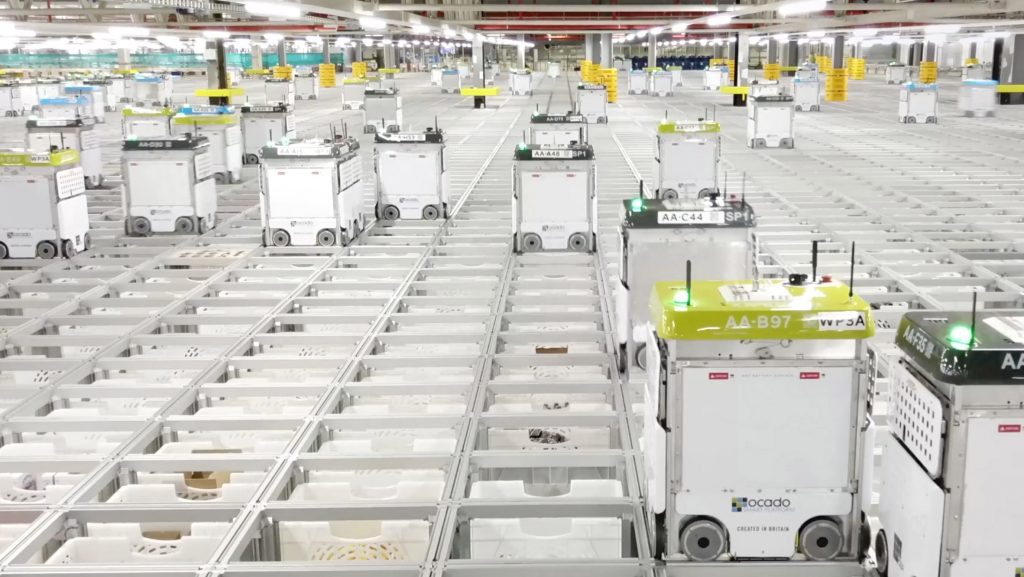Kroger's Ocado plan for grocery delivery a "misstep", says financial firm

Equity research firm Jefferies has downgraded Kroger's stock citing its partnership with Ocado as a concern, according to news reports.
Kroger stock was downgraded from 'buy' to 'hold' by Jefferies analysts on Thursday morning, according to a note emailed to investors.
The analysts said that Kroger's partnership with U.K.-based online grocer Ocado announced in May 2018 - under which 20 centralized fulfilment centers would be built using robot technology - was "costly" and a "misstep", CNBC reports.
Kroger should instead be following Walmart’s lead, Jefferies analyst Christopher Mandeville added in the note.
For a grocery store chain, capturing online shoppers and catching up to Amazon-owned Whole Foods is a tricky business, with companies are grappling with how to fulfill and deliver groceries quickly and cheaply.
Mandeville reportedly said a grocery chain’s fulfillment method is a make-or-break investment. It could opt for large, central warehouses, also known as centralized fulfillment, or it could go with so-called micro-fulfillment, in-store or store-adjacent spaces that are close to urban centers.
Centralized fulfillment centers require high up-front costs. The average fulfillment center size for Ocado is 300,000 to 400,000 square feet.
Each central warehouse for Kroger will cost about US$55m and take two to three years to build. A micro-fulfillment center identifies 5,000 to 20,000 square feet of underutilized space inside an existing grocery store or in a space adjacent to the current store. At both types of centers, robots perform the grocery picking.
Because micro-fulfillment also naturally puts the grocery picking closer to urban centers, delivery is much cheaper. In particular, the notoriously difficult “last mile,” or the final delivery step to a shopper’s home, is more efficient from a nearby micro-fulfillment center.
“We view Kroger’s centralized fulfillment center platform as a considerably more expensive, time-consuming model that carries higher risk in what is still a nascent market,” Mandeville was quoted as writing.
Walmart, on the other hand, started testing micro-fulfillments in August 2018, after a partnership with Alert Innovation that uses its robot technology at its warehouses to speed up the picking process, CNBC reported.
“We view Walmart as best-positioned for long-term share gains given its early adoption of micro-fulfillment centers to pair with an already robust omni-channel platform and strong feedback from our proprietary shopper survey,” Mandeville wrote.









































